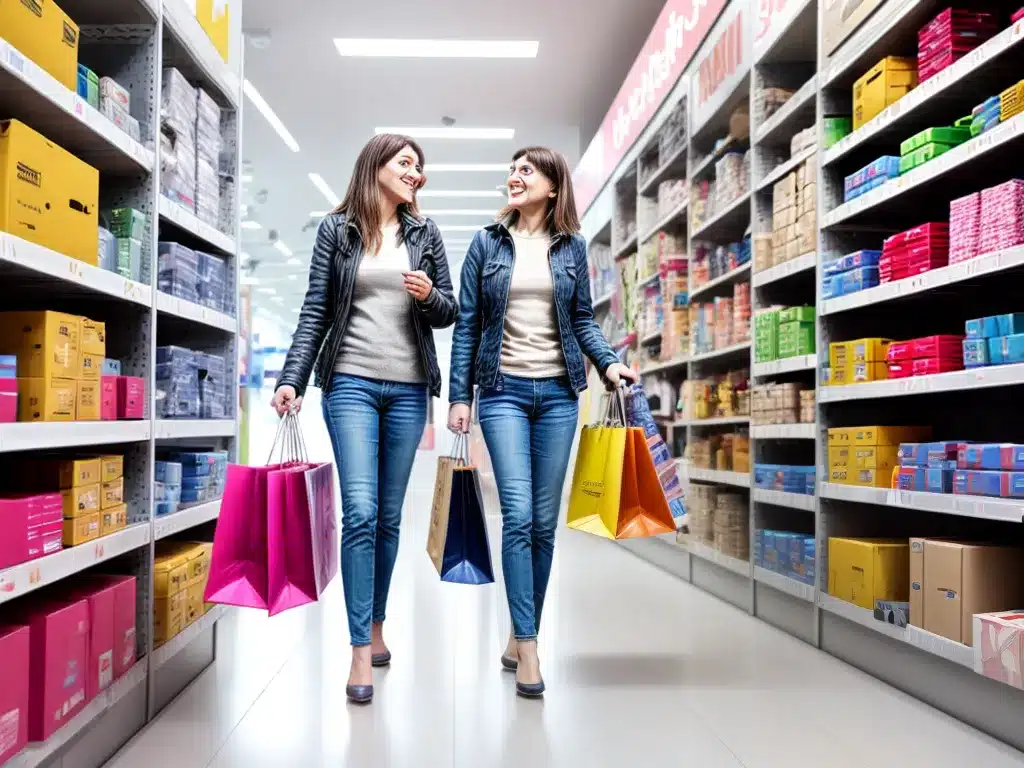
IoT in Retail: Personalised In-Store Experiences
Introduction
The Internet of Things (IoT) is transforming the retail industry by enabling retailers to provide personalized and enhanced shopping experiences for customers. With IoT sensors and devices, retailers can gather data about customer behavior, preferences, and location, allowing them to offer customized recommendations, promotions, and services. This creates more engaging and meaningful in-store shopping journeys that drive customer loyalty and sales.
In this article, I will provide an in-depth look at how IoT is enabling personalized in-store experiences in retail.
Enhancing In-Store Navigation
One key application of IoT in retail is to help customers easily find products and navigate stores. Retailers are using smart sensors and beacons to track customer movements and provide indoor navigation assistance.
For example, some stores have implemented indoor mapping platforms that allow customers to view interactive maps of the store layout on their smartphones. The map shows the customer’s location and can guide them to the exact shelf where a product is located.
Retailers like Lowe’s have also introduced navigation apps that leverage beacon technology. As a customer walks through the store, the app detects the nearby beacons and provides turn-by-turn directions to items on their shopping list. This creates a seamless omnichannel experience.
These IoT-enabled navigation tools provide convenience, save shopping time, and allow customers to easily find products in large retail spaces.
Delivering Personalized Recommendations
IoT devices such as smart shelves and digital displays allow retailers to identify customers and serve up tailored recommendations in real-time.
For example, ** Trigo** markets smart shelves that use built-in cameras and sensors to detect which products shoppers are looking at or picking up. Based on these interactions, the shelves can display personalized promotions for complementary products on integrated screens.
Likewise, digital shelf displays from companies like Pricer tap into predictive analytics to show targeted pricing, promotions, and recommendations to customers based on their in-store behavior and loyalty program data.
This real-time personalization creates a more relevant and enjoyable shopping experience.
Enabling Smart Fitting Rooms
Smart fitting rooms equipped with IoT capabilities are reimagining the retail apparel shopping experience.
RFID tags on clothing items allow smart fitting rooms to recognize products. Sensors and cameras track which items a customer brings into the fitting room.
The fitting room mirrors can then transform into smart screens that display clothing recommendations based on the items fit or provide styling advice. Customers can also request different sizes or colors through the screens.
Companies like Apex Supply Chain Technologies and Hointer provide these IoT-powered smart fitting room solutions.
By digitizing and personalizing the fitting experience, retailers can better cater to customer needs and preferences during the most crucial phase of the apparel shopping journey.
Optimizing Staff Assistance
IoT devices help retail associates provide timely and tailored assistance to shoppers.
Wearables like smart glasses allow staff to identify customers, view their profiles and purchase history, and see real-time recommendations specific to that shopper. This lets associates approach customers with relevant offers and advice.
Smart tags on store associates can enable another level of personalized service. Sensors throughout the store track the location of customers and staff. When a customer stays in one area for an extended time, an associate who is nearby can be dispatched to offer help.
This results in better allocation of staff resources and more attentive service for shoppers.
Enhancing Payment Systems
Emerging IoT applications are streamlining the retail payment process.
RFID tags on items enable automated tallying of shopping baskets as customers exit the store. This allows for faster checkout by instantly creating an itemized digital receipt. Amazon Go stores have implemented this technology.
Some retailers also have smart mirrors that allow customers to complete purchases seamlessly from the fitting room without visiting a cashier.
These kinds of IoT-driven innovations decrease queues and wait times at checkout, promoting greater customer satisfaction.
Key Takeaways
- IoT is transforming in-store retail experiences by enabling highly personalized recommendations, navigation, and services.
- Smart shelves, digital displays, and smart fitting rooms use IoT sensors to gather data about customer product interactions and preferences.
- This data powers real-time personalization during the shopping journey through tailored content and promotions.
- IoT-equipped staff and frictionless payment options also help to optimize customer service.
- Ultimately, IoT creates more customized in-store journeys that drive loyalty and sales. Retailers should continue to explore impactful applications of connected devices.
Conclusion
The strategic adoption of IoT technologies allows retailers to provide customized in-store experiences that exceed customer expectations. As IoT capabilities continue to evolve, retailers need to stay on top of emerging innovations that can enable next-generation personalization and enhance the in-store journey. Companies that leverage IoT data to engage customers in a more tailored, contextually-relevant manner will gain a competitive edge. With smart devices and sensors generating real-time insights across the retail environment, IoT represents an invaluable opportunity to boost sales and loyalty through hyper-personalized customer experiences.












